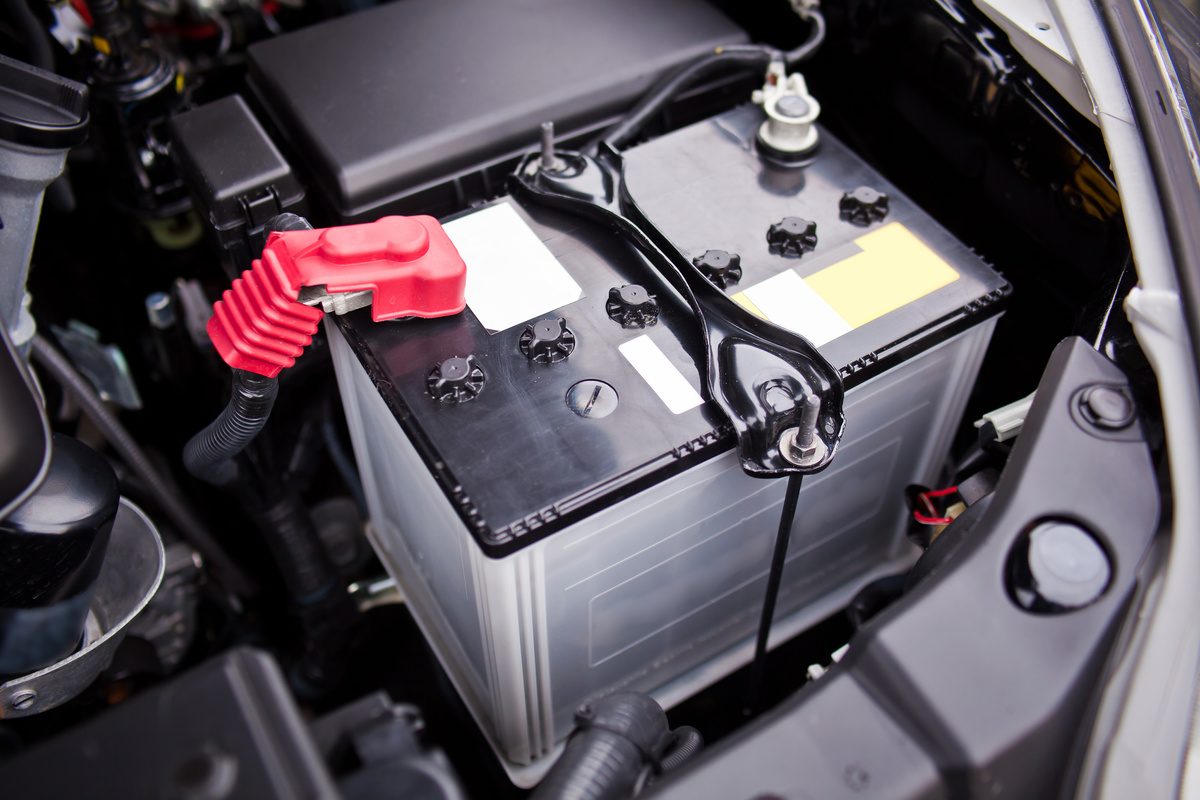A radiator leak can lead to significant engine overheating and potential damage to your car’s engine. Understanding how to fix a leaky radiator is essential for car owners who want to keep their vehicle running smoothly and avoid costly repairs. This guide will walk you through the process of diagnosing and fixing a leaky radiator yourself.
Understanding the Importance of a Radiator in Your Car
Before diving into the fix, it’s important to understand what a radiator does. The radiator is a vital component in your vehicle’s cooling system. It helps dissipate heat produced by the engine, ensuring that the engine does not overheat. A leaky radiator can cause your engine to overheat, resulting in poor performance, engine damage, or even total failure.
Common Causes of a Radiator Leak
1. Corrosion
Over time, rust and corrosion can build up inside the radiator, especially if the coolant hasn’t been changed regularly. Corrosion weakens the radiator’s metal, creating small cracks or holes that lead to leaks.
2. Loose or Damaged Hoses
The hoses connected to your radiator can become loose, cracked, or damaged. These hoses are under constant pressure, and any break or leak in them can lead to coolant loss.
3. Faulty Radiator Cap
A malfunctioning radiator cap can cause excessive pressure within the cooling system, leading to leaks. If the cap doesn’t seal properly, it can result in a slow coolant leak.
4. Impact Damage
Accidents or road debris can cause physical damage to the radiator, leading to a leaky radiator. This is common in vehicles that are involved in collisions or those that drive through areas with lots of road debris.
Tools You Will Need to Fix a Leaky Radiator
Before you begin the repair, ensure you have the following tools and materials:
- Wrench Set for loosening and tightening bolts
- Drain Pan to catch coolant
- Radiator Sealer (optional for temporary fixes)
- Screwdriver
- Gloves and Safety Glasses
- Coolant
- Flashlight to help identify the source of the leak
How to Fix a Leaky Radiator in 5 Simple Steps
Step 1: Identify the Source of the Leak
The first step is to locate the leak in the radiator. Start by inspecting the radiator for any visible cracks, holes, or signs of coolant dripping. Check the radiator hoses for cracks, bulges, or signs of wear. Use a flashlight if needed to look for any hidden leaks. If the leak is hard to find, you can try running the engine with the radiator cap off and watch for any signs of coolant escaping.
Step 2: Drain the Radiator Coolant
Before attempting any repair, it’s important to drain the radiator coolant to prevent spills and burns. Here’s how to do it:
- Place the drain pan beneath the radiator’s drain valve.
- Open the valve and allow the coolant to drain completely.
- Be sure to dispose of the coolant properly according to local regulations, as antifreeze is harmful to the environment.
Step 3: Clean the Radiator and Area Around the Leak
Once the coolant is drained, use a clean cloth to wipe the area around the leak. If there’s a lot of dirt or debris around the leak, use a mild soap and water solution to clean the surface. This will allow you to get a clear view of the crack or hole and ensure the repair will bond properly.
Step 4: Use a Radiator Sealer (Temporary Fix)
For a quick fix, especially if you’re in a hurry or cannot replace the radiator immediately, you can use a radiator sealer. These products are designed to seal small cracks and holes temporarily. Here’s how to use it:
- Pour the radiator sealer into the radiator, following the product’s instructions.
- Run the engine for a few minutes to allow the sealer to circulate through the system and seal the leak.
- Check if the leak stops. If the leak persists, you may need to replace the radiator or repair the affected area.
Step 5: Replace the Radiator (Permanent Fix)
If the leak is significant or you’ve identified a larger crack, the best solution is to replace the radiator entirely. Follow these steps for replacing the radiator:
- Remove the radiator cap and any bolts or fasteners securing the radiator in place.
- Disconnect the radiator hoses and the transmission cooler lines (if applicable).
- Remove the old radiator and install the new one by reversing the removal process.
- Reconnect the hoses, tighten all bolts, and fill the radiator with fresh coolant.
- Start the engine and check for leaks. Monitor the temperature gauge to ensure the engine does not overheat.
How to Prevent Future Radiator Leaks
Preventing a radiator leak involves regular maintenance and care. Here are some tips to help extend the life of your radiator:
- Regularly check coolant levels and inspect the radiator for leaks.
- Change the coolant according to your vehicle manufacturer’s recommendations.
- Flush the radiator every 2-3 years to remove debris and corrosion.
- Inspect radiator hoses regularly for signs of wear, cracking, or leaks.
- Ensure the radiator cap is functioning properly to maintain the correct pressure within the system.
Conclusion: Fixing a Leaky Radiator Made Easy
Fixing a leaky radiator doesn’t have to be a complicated task, and with the right tools and knowledge, you can repair it yourself. Always remember to take safety precautions, such as wearing gloves and safety glasses, when working with hot engine components. While a temporary fix using radiator sealer can get you by in an emergency, a permanent solution may involve replacing the radiator. Regular maintenance and care can help prevent future leaks and keep your vehicle running efficiently.









